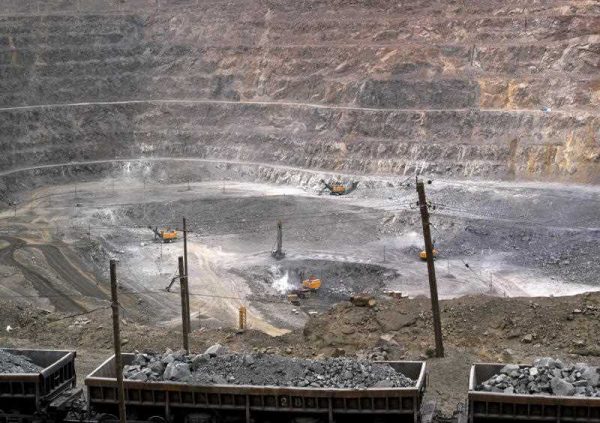Ruling in favour of the US, the EU and Japan, who had filed a joint complaint in March 2012,the WTO asked China to remove its export tariffs and quotas within a reasonable amount of time or face punitive retaliatory tariff measures.
The WTO ruling will not have a considerable impact on a rare earths market which already operates imperfectly. Instead, the ruling can be considered as a political win against an assertive and rising economic player. Even though China applied a number of restrictions on the export of rare earth elements, As a result, prices for most of rare earth minerals have almost declined to their 2011, pre-bubble levels.
In the last couple of years, rare earth prices have been unpredictable. In the short term, the WTO ruling could push prices further down by increasing Chinese supply. Last year, China’s rare earth exports rose by 38.3 percent, but the export value fell by 36.7 percent in the same period. The impact has already become visible in the market. The prices of the rare earth elements cerium, lanthanum and ytterbium plunged by 40 percent in the second half of last year and the trend has continued into this year as the average price of rare earth elements has fallen back to the levels of 2010.
Those who jumped into the rare earth business when prices climbed sharply in 2011 and 2012 are now doubtful about future prospects. Share prices of companies such as Lynas of Australia and the US’s Molycorp are following a downward trend these days, as investors have lost interest, even following the WTO ruling. This shows that the problems with rare earths lie elsewhere. No country other than China has enough expertise or the manufacturing facilities to refine oxides to metals. It has turned out to be more economical for companies such as Molycorp to export these minerals mined abroad to Chinese factories.
China may comply with the WTO ruling and lift the export restrictions, fearing large repercussions. Anticipating an unfavourable ruling, the country had already initiated a number of steps to control its rare earth resources. The major drive is to consolidate the industry into a few big conglomerates, with almost 300 rare earth firms either ordered to suspend production or having their production licenses revoked in the last few years. All legitimate companies — from mining to smelting, separation and utilisation —were merged into six large national rare earth conglomerates based on geographical location.
Consolidation of the industry would enable China to effectively control supply and to an extent prices. This is an industry that China has developed strategically as a complete supply chain starting from the early 1990s, ensuring any of the high-end rare earth products must originate or pass through China’s vast value chain. It has reached a level where even US defence industries are dependent on China for some of their advanced materials and components, including the magnets used in F-35 fighter jets.
China supplies almost 90 percent of global rare earth minerals and consumes about 70–75 percent. According to a US Government Accountability Office Report, as of 2010 China controlled 97 per cent of rare earth ore, 97 per cent of rare earth oxides, 89 per cent of rare earth alloys, 75 per cent of the neodymium iron boron magnets industry and 60 per cent of the samarium cobalt magnets industry. This dominance extends to the production of key intermediate products, such as magnets —many of these products being critical inputs for high growth industries such as hybrid cars, windmills and lighting.China is assiduously building up dominant positions in the entire supply chain of rare earths. China incentivises domestic companies to produce more technologically-advanced products rather than exporting raw materials abroad.
China continues to strengthen its hand in all stages of the supply chain, including refining, production of metal, alloy, components, and materials Over the last decade, China has encouraged nearly every major multinational utilising rare earth to move their manufacturing facilities to China or to establish subsidiaries in China. From a trailing position, China has successfully overtaken the more advanced countries in the rare earths industry and has gained enough capacity to control the whole value chain.
Nabeel A. Mancheri is a visiting research fellow at the Institute of Social Science, Tokyo University.

